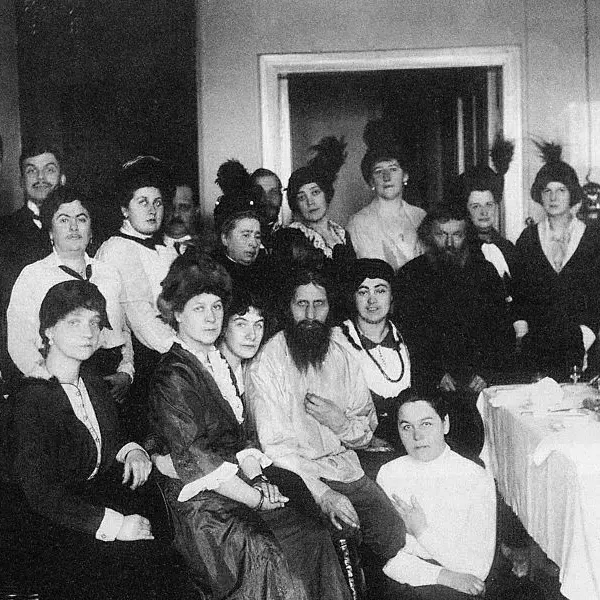King Chulalongkorn of Siam with Nicholas II
ST. PETERSBURG, 1897 — Picture a July day in Russia’s imperial capital: the air crisp with Baltic breezes, the golden domes of palaces glinting in the sun, and a Thai king draped in exotic silks stepping down from a carriage outside the Winter Palace. This was the opening scene of one of the 19th century’s most fascinating—and overlooked—diplomatic encounters: **King Chulalongkorn of Siam** (modern Thailand) meeting **Tsar Nicholas II of Russia**. A collision of two worlds, where Asian splendor met European opulence in a high-stakes game of geopolitical chess.
Chulalongkorn, known as the “King Who Broke the Chains” for abolishing slavery in Siam, was no ordinary monarch. Educated by British tutors and obsessed with modernizing his kingdom, he had spent years forging alliances to prevent Siam from becoming another French or British colony. In 1897, he embarked on a European tour, stopping in Germany, Austria-Hungary, and finally Russia. His mission? As one Siamese diplomat later quipped, *“If you can’t beat them, join them… or at least make them think you’re their friend.”*
Russia was the perfect ally. Unlike France or Britain, the tsars had no colonies in Asia. And Nicholas II—a young emperor with a melancholic gaze and a penchant for military uniforms—was eager to expand Russian influence in the Far East. What better way to needle the British than by cozying up to a strategic kingdom like Siam?
The visit unfolded like a tale from *One Thousand and One Nights* crossed with a Tolstoy novel. For days, St. Petersburg buzzed with lavish receptions. In the halls of Peterhof Palace, beneath crystal chandeliers, Chulalongkorn dazzled the Russian court with golden Buddha statues, intricately carved ivory, and whispers of a *jade elephant*—a Thai royal symbol. Meanwhile, over vodka and tea, the two rulers exchanged compliments: Nicholas praised Siam’s educational reforms, while Chulalongkorn admired Russia’s military discipline. *“I want my soldiers to march like yours,”* the king reportedly told the tsar.
But beneath the glitter, tensions simmered. French diplomats in the city fretted: Could a Russo-Siamese pact derail their ambitions in Indochina? Yet no treaties were signed. Instead, Chulalongkorn mastered the art of *diplomatic illusion*. By simply making Europe believe Russia backed Siam’s independence, he gained leverage. When France later tried to annex Siamese territories in 1893 and 1904, memories of that summer in St. Petersburg loomed large. *“Never underestimate a king who dined with the tsar,”* warned a British newspaper.
Chulalongkorn returned to Bangkok with revolutionary ideas—trains, public schools, even a telegram system inspired by Russia. But his greatest victory was invisible: **Siam remained the only Southeast Asian nation never colonized**. Today, Thais revere him as a national hero, his equestrian statue in Bangkok a silent sentinel proclaiming, *“Europeans didn’t conquer here.”*
As for Nicholas II? He tucked the Siamese gifts into his private collections. Within decades, his empire would crumble into revolution. But that summer of 1897 lingered as a fleeting moment of diplomatic wit… and a dash of exotic intrigue.
*The lesson?* As Chulalongkorn might say: *“Sometimes, saving a kingdom requires not swords, but knowing whose tea to share.”*
Adulto
Animal
Novia
Canino
Perro
Femenino
Muebles
Masculino
Mamífero
Hombre
Gente
Persona
Mascota
Boda
Mujer
Envíado por OldPik el 7 de enero de 2024
Image

Debes iniciar sesión para comentar las fotos.
Iniciar sesión
Iniciar sesión














Sin comentarios aún, sé el primero en comentar...